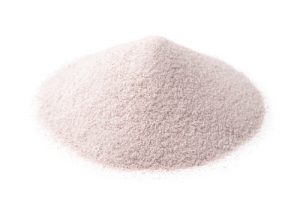 Because silica dust is nearly ubiquitous on construction sites, it’s easy to underestimate the threat it poses. By practicing conscientious silica dust safety, though, you can greatly mitigate risks of exposure without slowing down your workflow.
Because silica dust is nearly ubiquitous on construction sites, it’s easy to underestimate the threat it poses. By practicing conscientious silica dust safety, though, you can greatly mitigate risks of exposure without slowing down your workflow.
A Common, Yet Invisible Threat
Silica, also called quartz, is found in many construction materials, including sand, many types of rock, brick, mortar, tile, grout, drywall and asphalt. Your workers create silica dust when they cut, grind or otherwise process any of these materials.
Silica dust particles are too small to see, yet it takes only a small amount to cause health problems. Occupational Safety and Health Administration (OSHA) regulations set acceptable exposure levels at just 0.1 mg/m3.
Breathing this dust can lead to a condition known as silicosis, in which scarring occurs in the lungs and breathing becomes difficult. The condition is disabling and can be fatal.
Symptoms usually appear only after long-term exposure, but once they start, the disease will inevitably progress. There’s currently no cure. Despite the known risks, thousands of new silicosis cases are diagnosed in the U.S. every year. Silica dust is also a known carcinogen, contributing to lung cancer.
Protection for Your Workers
Good silica dust safety practices can save your workers’ lives, and these practices are neither difficult nor expensive to implement. On every project, identify all materials and tasks that could lead to silica dust exposure and devise a plan to minimize this exposure.
Use equipment with built-in dust control features, such as vacuums or water sprays, to hold down dust. Provide respirators when necessary. Designate areas for resting, eating and drinking that are away from anywhere dust is produced. Encourage workers to practice good hygiene by changing into washable or disposable work wear, showering (or at least changing into clean clothes) before going home, and parking their cars away from dusty areas.
Another option is to reduce your reliance on materials containing silica, such as by switching to aluminum oxide or silicon carbide instead of sand for abrasive blasting.
To learn more about effective silica dust safety practices, contact Construction Monitor.
